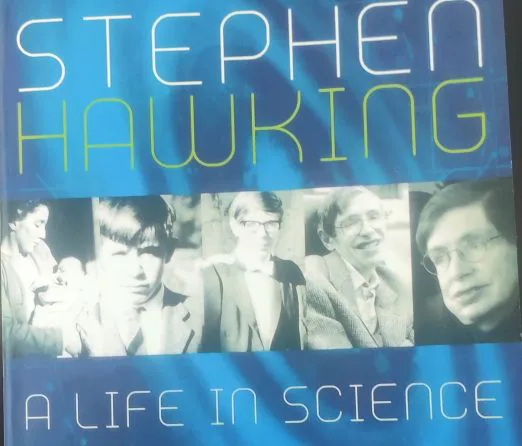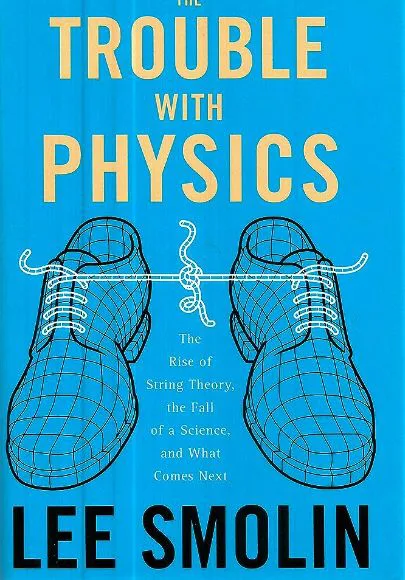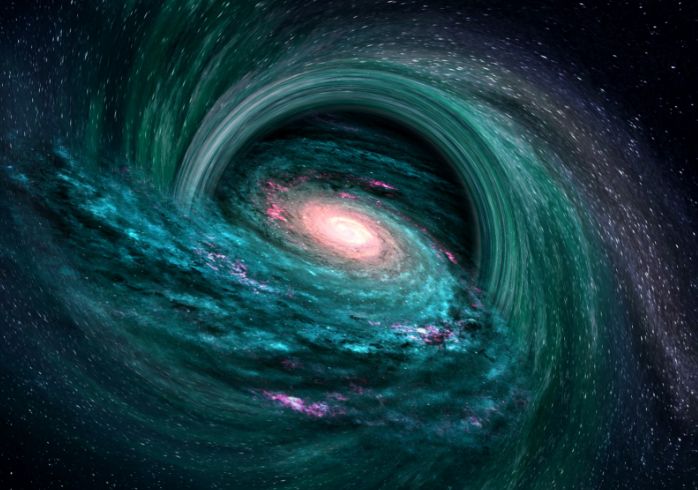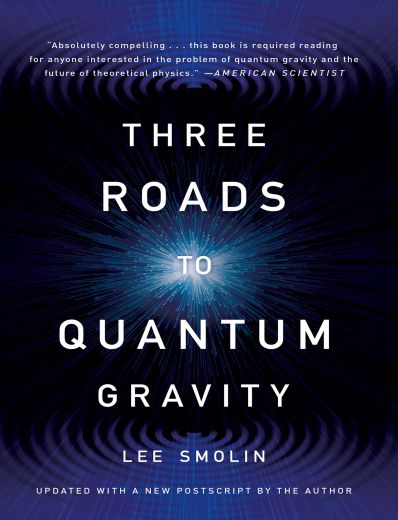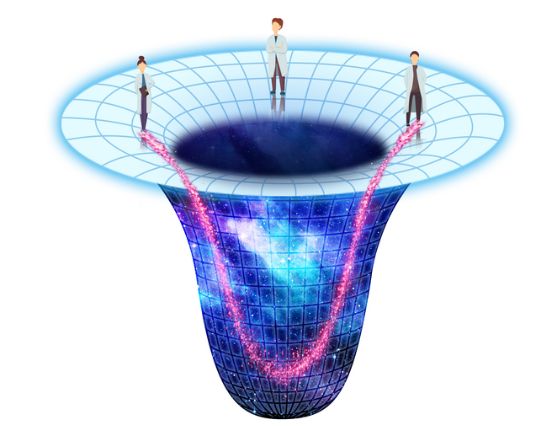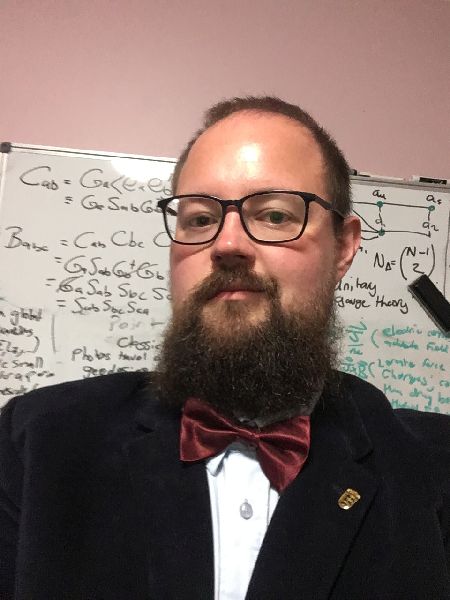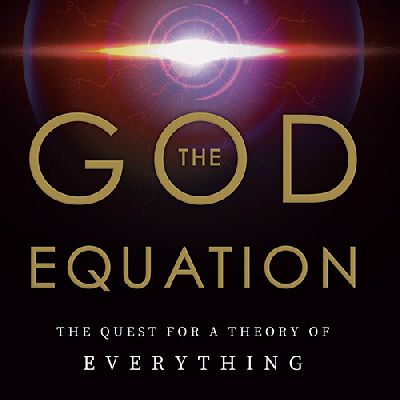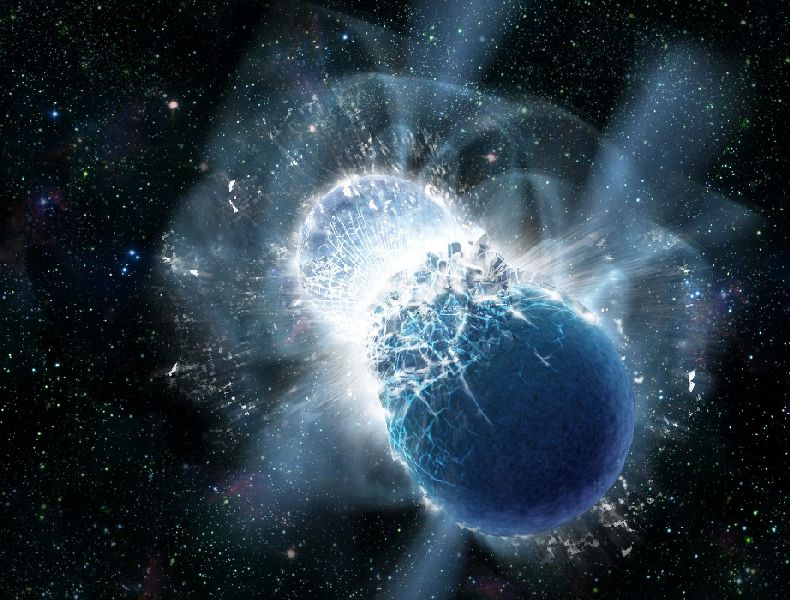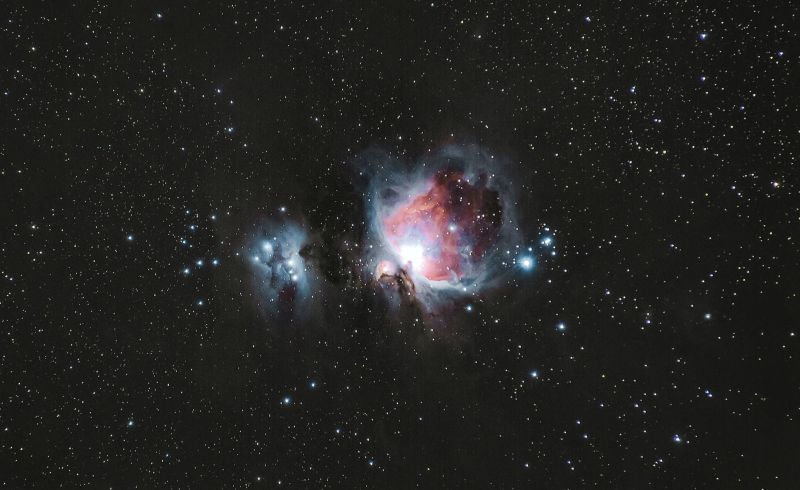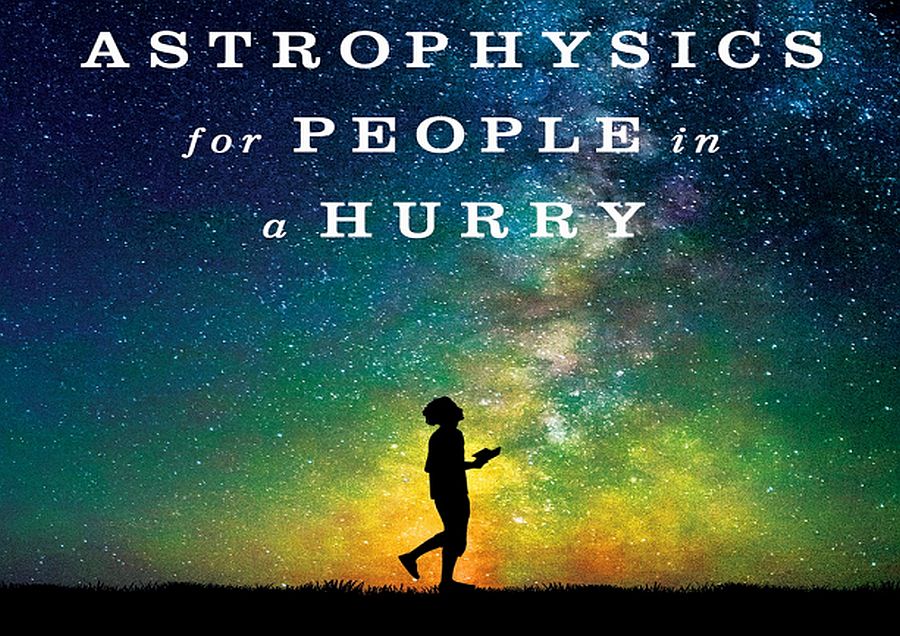Michael White and Dr John Gribbin, adept science writers, have masterfully depicted an indomitable genius and an expansive scientific intellect in the book – Stephen Hawking: A Life in Science. It was first published in 1992. As I read the pages of this book, I’m struck by how the writers effortlessly blend clear explanations of Hawking’s scientific achievements with a heartfelt account of his personal life. Their approach allows readers like me to gain a deeper understanding and appreciation for both facets of his remarkable journey. The book recounts how…
Search Results for: black hole
Interview: Professor Roberto Maiolino, an Astrophysicist at Cavendish Lab, UK
I am honored to introduce Professor Roberto Maiolino, an esteemed figure in the field of Experimental Astrophysics. Currently holding the position of Professor at the Department of Physics (Cavendish Laboratory) and the Kavli Institute for Cosmology, University of Cambridge, Dr. Maiolino also serves as an Honorary Professor at University College London and holds the prestigious title of Royal Society Research Professor. With a primary focus on the exploration of galaxy formation and the evolution of supermassive black holes, Professor Maiolino employs a diverse array of observing facilities to unravel the…
Book Review: The Road to Reality by Sir Roger Penrose
“The Road to Reality: A Complete Guide to the Laws of the Universe” by Sir Roger Penrose span over 1,100 pages. It was published in 2004. Sir Penrose is renowned for his contributions to the mathematical physics of general relativity and cosmology. In 2020, he was honored with the Nobel Prize in Physics for the discovery that black hole formation is a robust prediction of the general theory of relativity.
Book Review: The Trouble with Physics by Lee Smolin
“The Trouble with Physics: The Rise of String Theory, the Fall of a Science, and What Comes Next” by the theoretical physicist Lee Smolin delves into the history of physics, starting from Copernicus. The book also explores the contemporary state of physics research. It was written in 2006, and at that time, string theory had significant influence in the field.
Interview: Dr. Ore Gottlieb, an Astrophysicist at Northwestern University, Illinois
Dr. Ore Gottlieb is a theoretical high energy astrophysicist. Currently, he is occupying Rothschild/CIERA Postdoctoral Fellowship position in Astrophysics at Northwestern University. His recent work on “Dying stars’ cocoons could be new source of gravitational waves” caught our attention and so we tried to touch base with him for an interview. We got lucky, as he agreed to spend some time with us.
Dying Stars’ Cocoons Disturb the Fabric of Space-time: Gravitational Waves
Gravitational waves are ripples in the fabric of spacetime caused by the acceleration of massive objects. The main source of detecting gravitational waves are the mergers of binary systems consisting of black holes and neutron stars. Till now, the Laser Interferometer Gravitational-Wave Observatory (LIGO) and the Virgo detector have successfully identified gravitational waves.
Book Review: Three Roads to Quantum Gravity by Lee Smolin
Three Roads to Quantum Gravity: A New Understanding of Space, Time and the Universe is written by Lee Smolin. He is a theoretical physicist and senior faculty member at Perimeter Institute for Theoretical Physics. He has contributed significantly to the development of Loop Quantum Gravity and Deformed Special Relativity.
Gravity is Holographic Projection from a Higher-Dimension: De Sitter Space
According to Einstein’s theory of general relativity, gravity arises from the curvature of spacetime, caused by the presence of massive objects. This curvature, also, impacts the motion of all nearby objects thus, causing them to move in curved paths. General relativity however breaks down under extreme conditions such as those found in black holes and the early universe. These conditions comprise of high energies and densities, which exponentially influences the effects of quantum mechanics. And it has been observed that the laws of general relativity no longer provide a complete…
Interview: Dr Arthur Suvorov, An Astrophysicist at The Manly Astrophysics, Australia and Uni. of Tübingen
Dr. Arthur Suvorov is an astrophysicist at The Manly Astrophysics in Australia. He did first class honors degree at Monash University, in a double-dose of mathematics with physics on the side. Followed by his PhD from Melbourne Uni. His areas of interest include various aspects of neutron star. Lately, he collaborated with Universidad de Murcia, Spain in a project entitled “Magnetically supramassive neutron stars”, paper of which is also published in Physical Review Letters (DOI: 10.1103/PhysRevD.105.L061302). Dr. Suvorov is also the recipient of one of the most prestigious Humboldt…
Book Review: The God Equation by Dr. Michio Kaku
Dr. Michio Kaku is a well-known figure in science academia. He is a master story teller. His super power is, he can make science graspable for non-science people like myself. In The God Equation: The Quest for a Theory of Everything, Dr. Kaku talks about three things: physics from creation to present, the effort put behind in unifying all known physical forces and the theory of dimensions, string theory.
Two Neutron Stars could give Birth to a Third: Stellar Formation
An international team of astrophysics from Manly Astrophysics and Universidad de Murcia has proposed for a new type of exotic neutron star. According to astronomers Arthur Suvorov and Kostas Glampedakis, the novel neutron star could be the result of a super strong magnetic field that emanates during a collision between old neutron stars.
Interview: Dr Benjamin Pope, an Astrophysicist at The University of Queensland, Brisbane
Dr Benjamin Pope is a physicist and data scientist at The University of Queensland, Brisbane. He is working to find planets around other stars using NASA space telescopes. With the help of leading-edge machine-learning algorithms, he is trying to dig up tiny signals out of the noise to expand our knowledge of the universe.
Radio Signals from Hidden Planet Star Interaction: New Exoplanets
In a collaborative effort, an international team of astronomers at The University of Queensland and the Dutch national observatory ASTRON have been looking for planets with the help of the most powerful radio telescope – Low Frequency Array (LOFAR) – located in the Netherlands. Recently, they were able to figure out stars spewing off radio waves. This hints at the presence of some hidden planets.
Book Review: The Fabric of the Cosmos by Brian Greene
The Fabric of the Cosmos: Space, Time, and the Texture of Reality is the second book of theoretical physicist, mathematician, and string theorist, professor Brian Greene. However, this happens to be my third read from the author, first two were Until the End of Time and The Hidden Reality.
Book Review: Astrophysics for People in a Hurry by Neil deGrasse Tyson
Although title of the book says Astrophysics for People in a Hurry but believe me the book has more depth than the label interprets. Neil deGrasse Tyson is an epitome of masterly skill at explaining complex scientific concepts into the most elementary and comprehensible manner. He makes astrophysics so interesting that even a person who has no inclination towards the subject will surely gravitate towards the space and evolutionary history after listening to his talks. His enthusiasm is contagious indeed.

